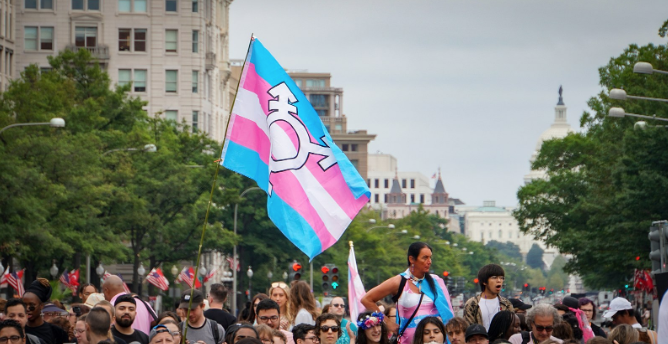Transgender Hate
The murders of transgender persons reached record levels in 2020. The global total was 350 transgender people killed, a figure that rose over the previous year’s total of 331. Transgender people were murdered, suffocated, and burned alive.
At least 44 of those known murders occurred in the US. “At least” is the phrase because many deaths are not accurately reported. Since 2013 there have been cases of fatal transgender violence across 113 cities and towns in 33 states, the District of Columbia, and Puerto Rico. The average age of those killed was 31, with the youngest just 15.
A fifth (22%) of the transgender people who were murdered were killed inside their own homes.
In the US, nearly one in ten transgender people reports being physically attacked in the past year – because of being transgender. But because many hate crimes and murders go unreported or misreported, the true number of deaths could be far higher.
The overwhelming trend shows that trans women are the most vulnerable: 98% of trans people murdered in the US in 2020 were trans women or trans feminine people.
A word to describe this phenomenon is ‘transmisogyny.’
Transphobia is the discrimination and negative attitudes towards transgender people based on their gender expression.
Misogyny is the hatred and denigration of women and the hatred of characteristics that are deemed feminine.
Transmisogyny, then, is the convergence of negative attitudes toward trans women and trans and gender non-conforming people on the feminine end of the gender spectrum. This hatred is expressed through cultural hate, discrimination, and individual and state violence. Transmisogyny is based in the assumption that femininity is inferior to masculinity, less valued, less worthwhile in all ways.
Who are the victims?
Transmisogyny targets transgender and transsexual women – people who were assigned male at birth, but who identify as women.
But transgender women are not the only people who experience transmisogyny.
Trans and gender non-conforming people who do not necessarily identify as women, but who present feminine characteristics or identify along the feminine end of the gender spectrum, are also on the receiving end of transmisogyny.
Trans women experience a particular kind of sexist marginalization based in their unique position of overlapping oppressions – they are both trans and feminine. They are devalued by society on both accounts.
Men are the most common perpetrators of violence against trans women. Though it is unclear the perpetrators’ motivations for harming trans women, hegemonic masculinity may play a role.
Of trans people facing violence, Black trans people are the most frequently targeted. The inequities and prejudice Black trans women face don’t just take the form of outright violence, however.
- A study by the National LGBTQ Task Force indicates that Black trans people have a 26% unemployment rate. That’s twice as high as the unemployment rate for transgender people of all racial and ethnic backgrounds, and four times as high as the unemployment rate in the general population.
- The study also found other shocking disparities: 41% of Black trans people have been homeless (more than five times the general population),
- 34% of Black trans people have household incomes less than $10,000 (more than eight times the occurrence in the general population),
- and nearly half of the Black trans population have attempted suicide.
Although these statistics apply to the Black trans population in general and not to Black trans women specifically, based on how much more frequently Black trans women are killed, it is reasonable to assume that they also experience these harms more frequently than other Black trans people.
In short, a Black trans woman in America is far more likely than most other people to experience serious harms, from extreme poverty to violent murder – in what has been called ‘a pandemic within a pandemic.’



